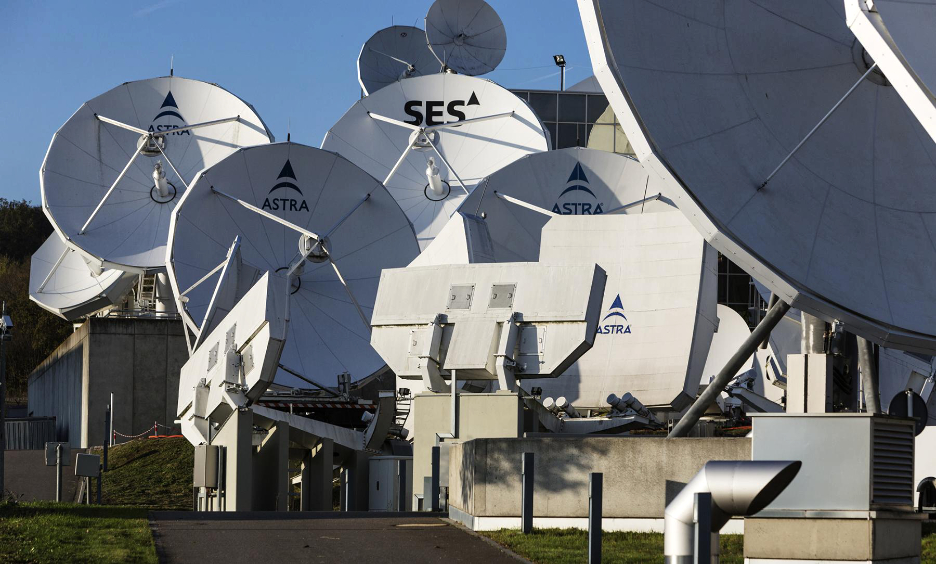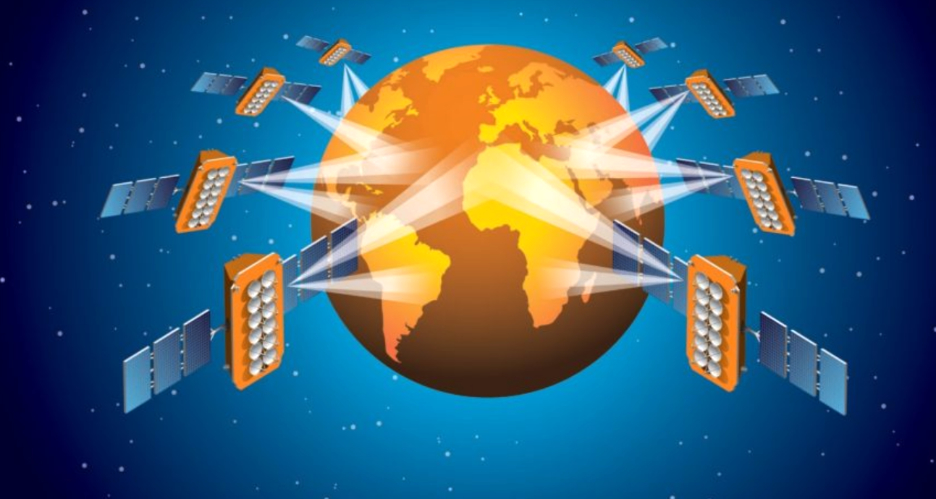

Chris Forrester
SES, as largely expected under the company’s ‘Simplify and Amplify’ cost-savings program, is to restructure their global operations. As part of the scheme, the company will consolidate many of their European offices into its Luxembourg HQ according to journalist Chris Forrester‘s article at the Advanced Television infosite.
SES plans to close its offices in Brussels, central London, the Isle of Man, Warsaw and Zurich – redistributing activities in these locations to other offices in Kiev, Stockholm, Stockley Park in London and The Hague as well as its headquarters in Luxembourg.
An SES statement said, “In addition to consolidating SES’s global footprint and streamlining operating functions, other restructuring and delayering is underway including the removal of numerous open positions. SES has launched a compelling voluntary phased retirement program and is retraining and realigning resources internally towards high-value future market opportunities and to bolster its position in cloud, mobility and other emerging verticals. In aggregate, these changes will impact between 10 and 15 percent of its global employee base. Given that a number of these changes will impact employees in Luxembourg, SES has engaged its personnel representatives to discuss the implementation of a social plan.”

Steve Collar
Steve Collar, the CEO of SES, said, “In this rapidly evolving market, it is important that SES remains an agile business partner for our customers. ‘Simplify & Amplify’ is a transformational undertaking that will streamline our business, drive collaboration, and improve efficiency. We are making these changes thoughtfully, ensuring that, wherever possible, we redeploy our talent within the company and minimize the impact to our global workforce while enhancing our ability to support and serve our global customer base.”
Chris also added the following news that SES currently has two core deployments of satellites: It has a fleet of powerful geostationary satellites that just about serves the whole planet as well as 20, O3b (‘the Other 3 Billion’) satellites in MEO, with seven new ‘super-power’ O3b satellites on order from Boeing, with their deployment to start in 2021.

Artistic rendition of the SES O3b constellation.
Image is courtesy of SES.
The O3b fleet is responsible for much of SES ‘Networks’ division and SES has said that this is likely to be spun off into a new business.
Now, in common with Viasat, Telesat and even OneWeb, SES is looking to expand its O3b division dramatically with extra orbiting assets. SES already has FCC permission to expand beyond the existing (20 existing + seven new) O3b satellites. Back in 2018, the FCC approved a planned framework expansion to triple its O3b mPOWER fleet by giving it US market access for another 22 high-powered satellites, seven of which are already in construction and scheduled for launch beginning in 2021.
An SES spokesperson said, “We have always said the first seven satellites announced for O3b mPOWER is just the beginning, much as it was with O3b where our initial order was eight. The filing reaffirms our belief in MEO as a fantastic orbit from which we deliver high-end customer solutions underscored by the recent O3b mPOWER customer announcements and our proven success with our existing O3b constellation.”
SES is now proposing a fleet of new LEO satellites. The firm’s May 26th formal filing to the FCC asks for some key modifications including:
- 10 satellites at 8062 kms in equatorial orbits
- 24 satellites in inclined orbits at 8062 kms
- 36 satellites in inclined orbits at 507 kms
There are no dates supplied as to when the LEO fleet might happen. Indeed, the FCC filing does not obligate SES/O3b to proceed with the plan, but there are US government funds in the offing and a total of nine businesses have made FCC filings ahead of the May 26th deadline for potential spectrum allocations, including SES, Viasat, OneWeb, Telesat, Kepler, SpaceX and others.
The SES application stated, “The proposed expansion will allow O3b to respond to growing demand from Internet service providers, fixed and mobile network operators, large enterprises and governments for low-latency, high-throughput satellite capacity that enables fast, flexible and affordable broadband connectivity in locations unserved or underserved by terrestrial networks. Grant of this Modification will allow O3b to build on its proven record of meeting customer requirements for high-quality, cost-effective satellite services and will therefore serve the public interest.
“The new satellites will also be equipped with the ability to perform satellite-to-satellite communications. O3b’s LEO satellites will use the 27.5-29.1 GHz and 29.5-30 GHz FSS spectrum to transmit to O3b’s MEO satellites and to geostationary satellite orbit (GSO) space stations. The O3b MEO satellites will use the 17.8-18.6 GHz and 18.8-20.2 GHz FSS and MSS feeder link spectrum to transmit to O3b’s LEO satellites, and the LEO satellites will receive transmissions in these bands from GSO space stations as well. This functionality will enhance the overall network’s ability to support innovative offerings that use a combination of space station assets to satisfy developing customer needs.”
Also at the Advanced Television infosite is information that, last October, Intelsat made a $50 million “synergistic” loan to BlackSky, owned by Spaceflight Industries. Now the company wants the Court to amend the loan obligations and permit certain sales plans to proceed despite the bankruptcy.
Spaceflight describes itself as a ‘next generation’ space company with launch facilities, and its BlackSky division specializes in images from space, industrial IoT and event monitoring. BlackSky wants a constellation of 60 EO satellites. Four are already orbiting and a further 6 are expected to launch later this year.

Artistic rendition of a BlackSky smallsat on-orbit.
Image is courtesy of the company.
Japan-based conglomerate Mitsui & Co loaned a separate $26 million to Spaceflight on October 31st 2019. Earlier this year Mitsui joined with transport and logistics business Yamasa to buy Spaceflight Industries in a 50/50 joint-venture.
Spaceflight had expected the sale of its “Industries” division to Mitsui to wrap in Q2 this year, and the deal has already been cleared by certain US regulators. Intelsat told the Court that the sale of Spaceflight’s launch business is ready to close subject to the Court’s approval.
Spaceflight owes cash to LeoStella, a joint-venture between Spaceflight and Thales Alenia Space.
Intelsat’s filing to the court said, “The Spaceflight Loan Agreement requires that proceeds from the Launch Business Sale would first be used to repay any outstanding amounts owed on the Mitsui Loan, after which excess proceeds would be used to repay overdue amounts owed to Leostella LCC, a satellite manufacturing joint venture (the “Joint Venture”) in which Industries owns a 50 percent interest. Thales Alenia Space France owns the remaining 50 percent interest in the Joint Venture.”
